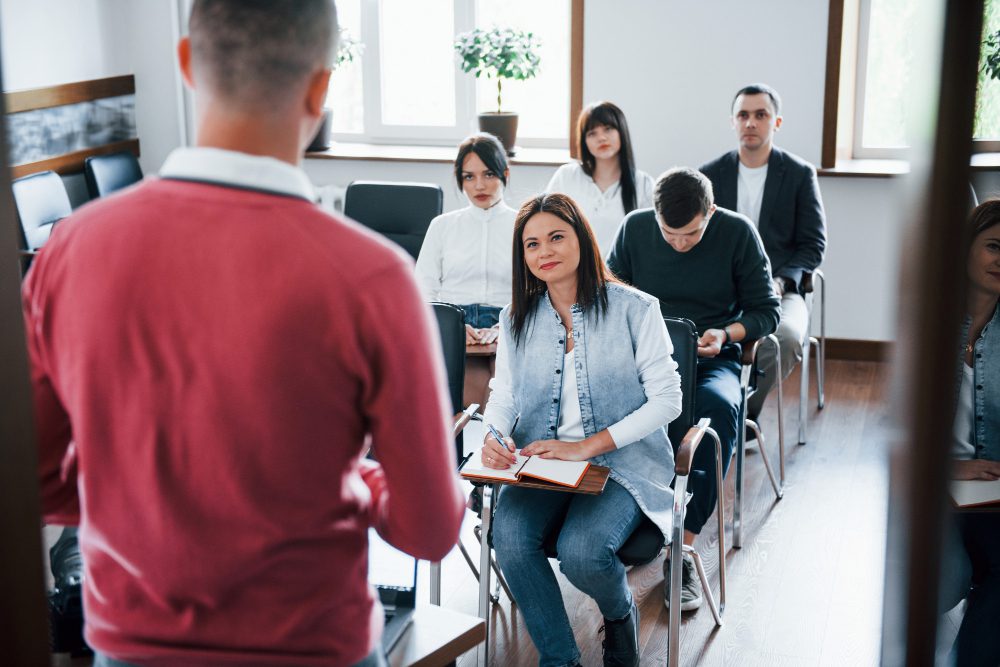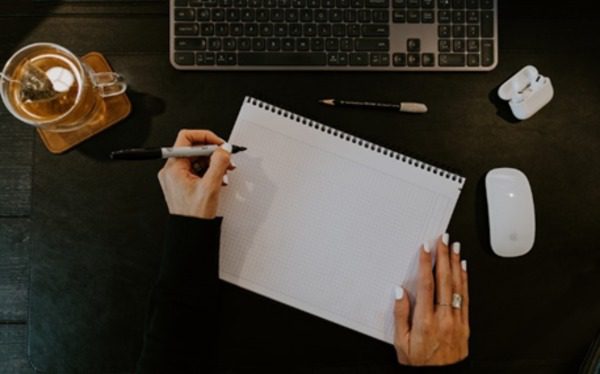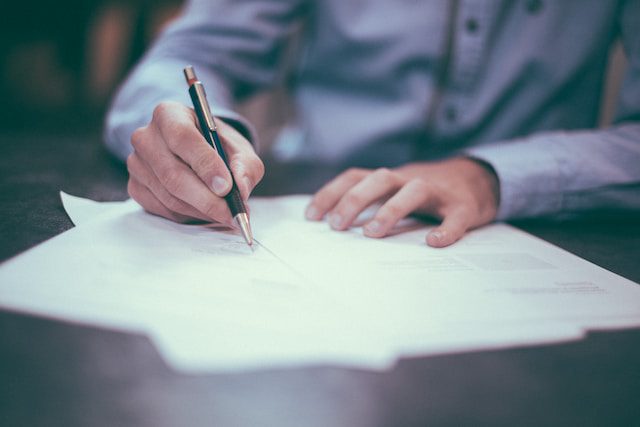Summary of Bridging the Domain Gap: a Simple Domain Matching Method For Reference-based Image Super-resolution in Remote Sensing, by Jeongho Min et al.
Bridging the Domain Gap: A Simple Domain Matching Method for Reference-based Image Super-Resolution in Remote Sensing
by Jeongho Min, Yejun Lee, Dongyoung Kim, Jaejun Yoo
First submitted to arxiv on: 29 Jan 2024
Categories
- Main: Computer Vision and Pattern Recognition (cs.CV)
- Secondary: Artificial Intelligence (cs.AI)
GrooveSquid.com Paper Summaries
GrooveSquid.com’s goal is to make artificial intelligence research accessible by summarizing AI papers in simpler terms. Each summary below covers the same AI paper, written at different levels of difficulty. The medium difficulty and low difficulty versions are original summaries written by GrooveSquid.com, while the high difficulty version is the paper’s original abstract. Feel free to learn from the version that suits you best!
| Summary difficulty | Written by | Summary |
|---|---|---|
| High | Paper authors | High Difficulty Summary Read the original abstract here |
| Medium | GrooveSquid.com (original content) | Medium Difficulty Summary This paper presents a novel approach to image super-resolution, building upon reference-based image super-resolution (RefSR) techniques. RefSR leverages information from high-quality “reference” images to enhance low-resolution images. The authors demonstrate that existing RefSR models outperform single-image super-resolution methods by transferring textures through feature matching. However, their performance deteriorates when there is a domain gap between the reference and low-resolution images, which is common in real-world applications like satellite imaging. To address this issue, the authors introduce a Domain Matching (DM) module that can be easily integrated with existing RefSR models. This innovative approach is specifically designed for remote sensing image processing, where domain gaps often occur between different satellites. The proposed model improves super-resolution performance both qualitatively and quantitatively. |
| Low | GrooveSquid.com (original content) | Low Difficulty Summary This paper helps make better pictures from old or low-quality images by using more information from a higher-quality “reference” picture. It’s like using a puzzle piece to help fill in the missing parts of an image. The current best way to do this is called reference-based image super-resolution, but it has a big problem: when the “reference” and “low-quality” pictures are taken with different cameras or from different places, the results get worse. To solve this problem, the authors created a new module that can be added to existing methods to make them work better in these situations. They tested their idea on satellite images and found that it makes better pictures. |
Keywords
* Artificial intelligence * Super resolution




